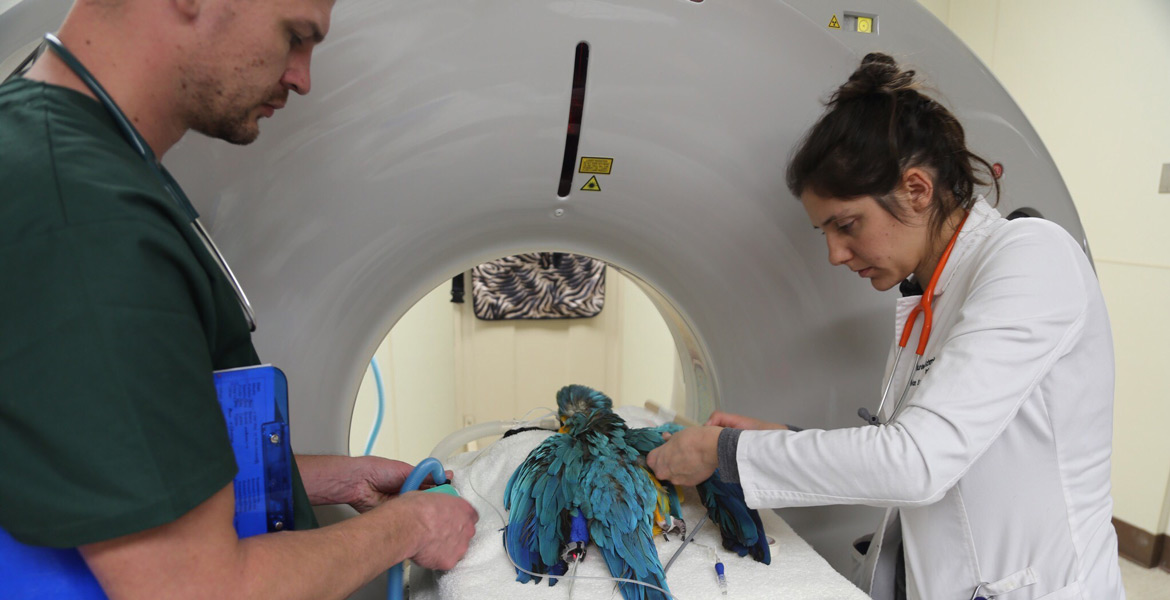
Veterinary Technician Specialists Increase at Oklahoma State’s Veterinary Center
Wednesday, February 13, 2019
Oklahoma State University’s Center for Veterinary Health Sciences announces there are now five veterinary technician specialists (VTS) on staff at its Veterinary Medical Hospital. A VTS is a veterinary technician who achieves a higher level of recognition by obtaining advanced knowledge and skills in a specific discipline.
“Our VTS technicians are integral to our hospital,” said Dr. Jeff Studer, hospital director. “The level of expertise and skills that they bring to our organization is unparalleled in this region.”
Interest among veterinary technicians to grow their careers prompted the National Association of Veterinary Technicians in America (NAVTA) to develop the Committee on Veterinary Technician Specialties (CVTS) in 1994. Recognized by the American Veterinary Medical Association, the CVTS provides guidelines to veterinary technician organizations to facilitate the formation of a specialty academy. Academies develop advanced pathways, which a candidate must follow and complete in order to earn the designation of VTS in their specific discipline.
Ian Kanda is the Veterinary Medical Hospital’s latest registered veterinary technician to earn VTS status. Kanda is now a veterinary technician specialist in clinical practice – exotic companion animal. He joins four other registered veterinary technicians who have achieved a VTS designation—Torie Garnatz in emergency and critical care, Dianne Hudson in anesthesia and analgesia, Carey McCully in ophthalmology, and Sue McKenzie in anesthesia and analgesia.
“Becoming a VTS is a natural progression for technicians who love to learn and seek personal and professional growth,” explained Kanda. “For those tenacious people, the 10,000 required hours, the 50 odd extra textbooks to read, the studying, continuing education and extra attention to detail and clinical cases goes hand-in-hand with daily life and is not extra work. My application was almost 100 pages. The process is lengthy and includes writing case logs, case reports, filling out skills lists and documenting all of the requirements for the reviewers. After your application is accepted, you have approximately six months to study for an extensive examination, which is the final hurdle to obtaining your VTS.”
Current veterinary technical specialties recognized by NAVTA include: dentistry, anesthesia, internal medicine, emergency and critical care, behavior, zoological medicine, equine nursing, clinical practice (canine/feline, exotics, and production medicine), nutrition, ophthalmology, and clinical pathology.
While each specialty area has its own set of standards and requirements that must be met to earn the specialty title, basic requirements for all veterinary technical specialties include: graduation from an accredited technician program, a veterinary technician license, usually three to five years on-the-job experience in their specific specialty, a case log demonstrating your knowledge and expertise in the field, passing a certification exam, and continuing education in the chosen field.
“Our VTS technicians significantly enhance the level of care that we are able to provide our patients on a daily basis, added Studer. “They epitomize our mission of shaping the future of veterinary medicine.”
Meet Our Veterinary Technician Specialists
| Left Column | Right Column |
|---|---|
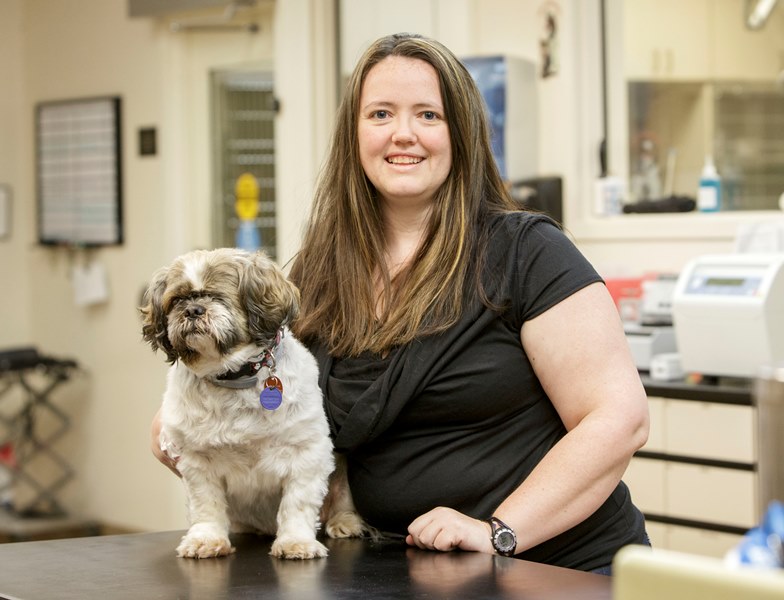 |
Torie Garnatz, RVT, VTS (Emergency and Critical Care) grew up in Hulbert, Oklahoma. “Once I had my veterinary technician license, I immediately started working toward my VTS in emergency and critical care,” said Garnatz. “I love the fast pace, the atmosphere, and the diversity of illnesses. It took me nine years of hard work and dedication collecting knowledge on the job, studying and case work. The greatest benefit of having my VTS is that fellow colleagues nation-wide recognize my passion and commitment to emergency and critical care medicine.” |
| Left Column | Right Column |
|---|---|
 |
Dianne Hudson, RVT, VTS (Anesthesia and Analgesia) grew up on a farm outside of Chickasha, Oklahoma. “It was a natural progression for my career, and I had strong encouragement from my then supervisor. The application was a huge endeavor. I submitted my application before the advent of the online application process. I had to have five bound copies, which I hand delivered to the committee. Earning your VTS is only the beginning. To maintain your VTS, technicians must re-credential every five years.” |
| Left Column | Right Column |
|---|---|
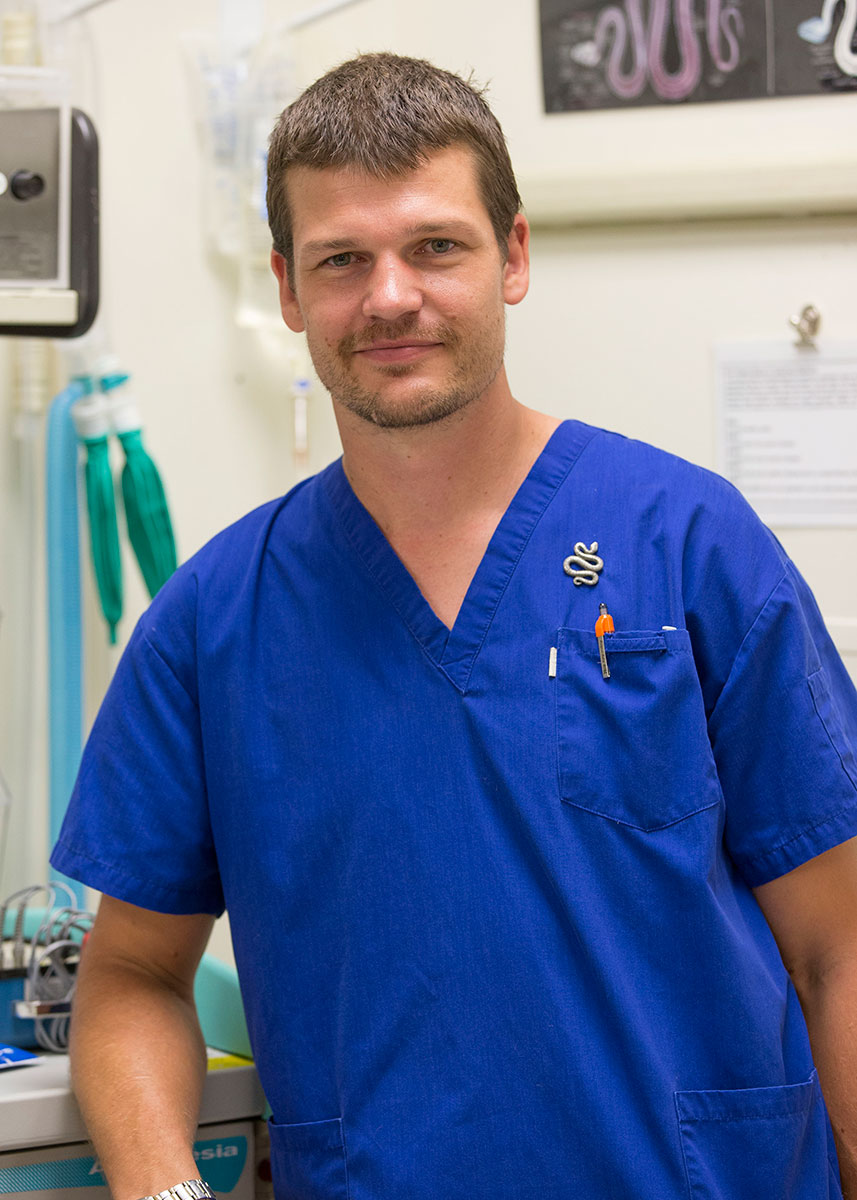 |
Ian Kanda, RVT, VTS (Clinical Practice – Exotic Companion Animal) grew up in Edmonton, Alberta, Canada. “This process has allowed me to be the best that I can be and recognizes that I have become one of the best in my field. It is a fantastic feeling of accomplishment. Having a VTS brings with it official recognition as a specialty technician and offers more opportunities to be a guest speaker at conferences, continuing education events, or veterinary technician schools.” |
| Left Column | Right Column |
|---|---|
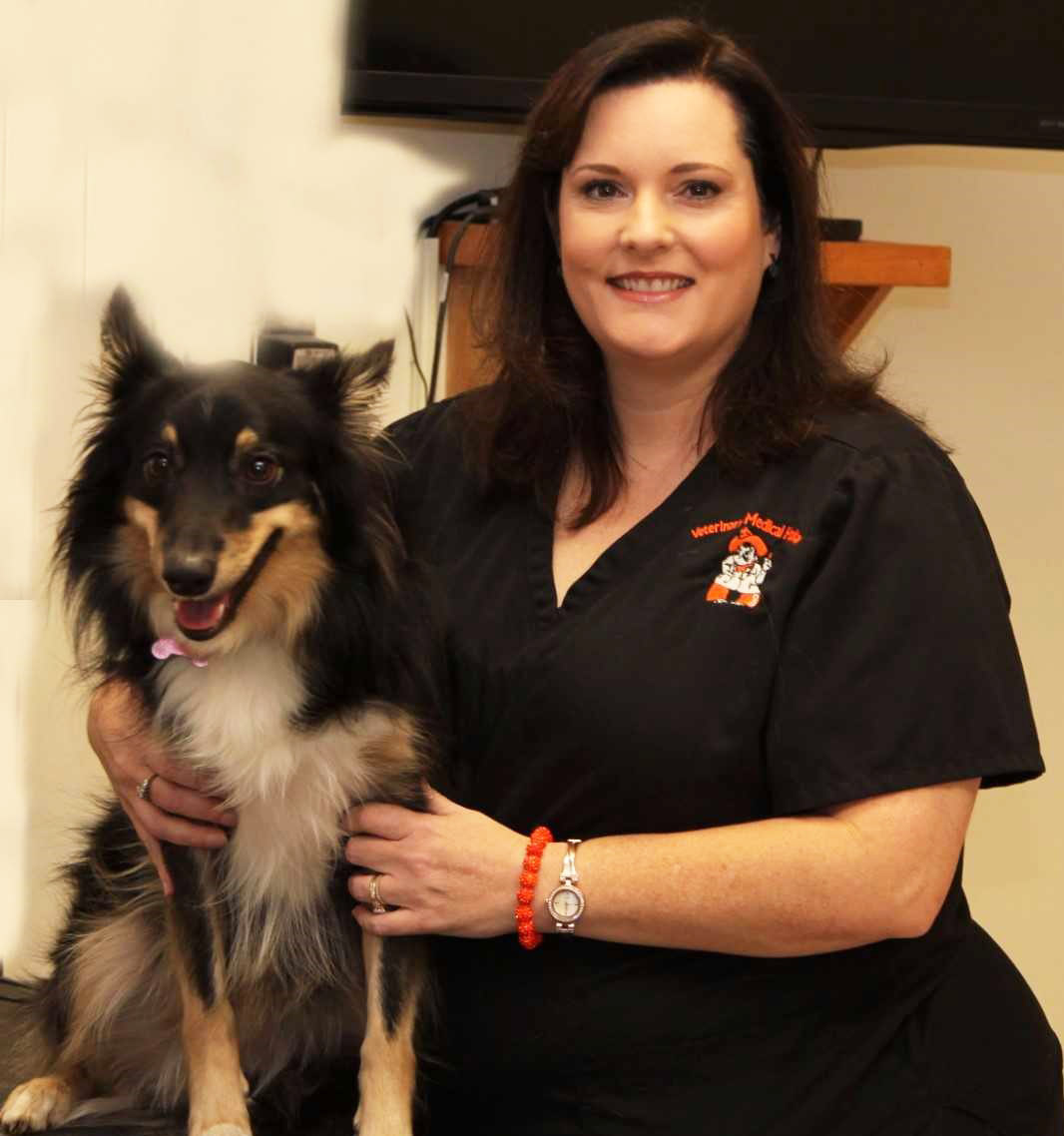 |
Carey McCully, RVT, VTS (Ophthalmology) grew up in Yukon, Oklahoma. “I wanted to challenge myself and keep my knowledge current. I was fortunate enough to be selected for the credentialing committee for this specialty. The five of us were charged with developing the bylaws, constitution, skill list, knowledge list, and test questions. A year later in 2016 we gained academy recognition. We gave our first exam in 2017 and I, along with the other four committee members, were the first to receive a VTS in ophthalmology.” |
| Left Column | Right Column |
|---|---|
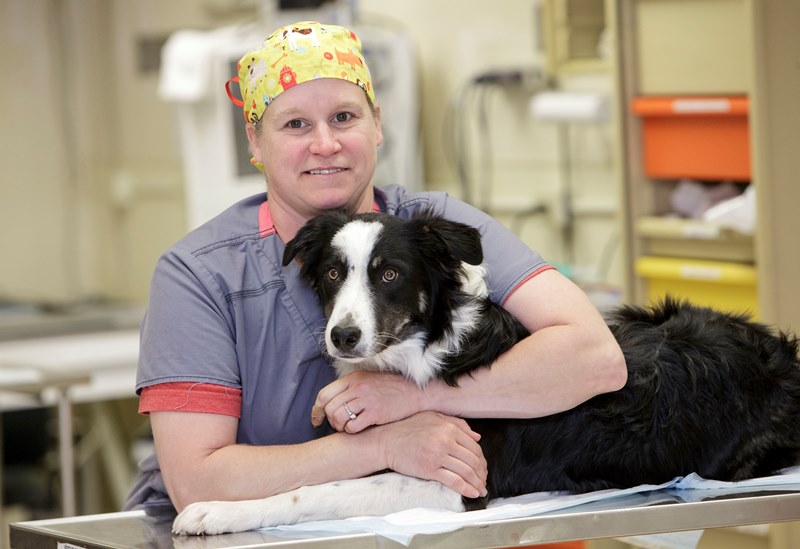 |
Suzanne McKenzie, RVT, VTS (Anesthesia and Analgesia) grew up in Corning, New York. “I want to give my patients the highest level of care I can. Becoming a VTS is long and difficult but so rewarding. With my VTS I have been able to teach proper anesthesia techniques to several private clinics and to mentor other technicians throughout the world who also want to achieve their VTS. I love that I can have an influence on not only the patients that I have physical contact with, but also those world-wide that are affected by the people who I helped improve their skills.” |
